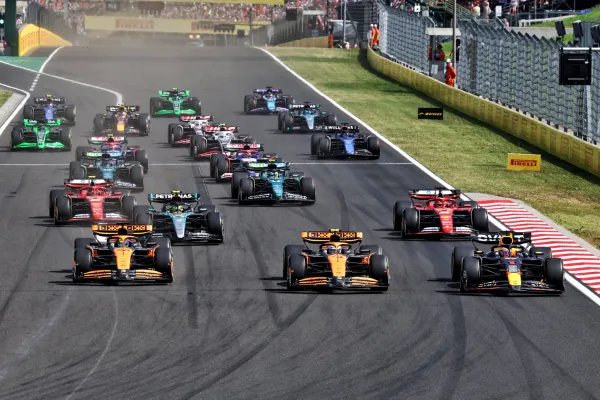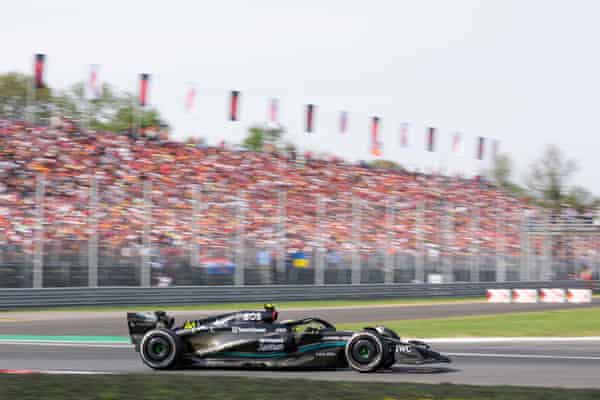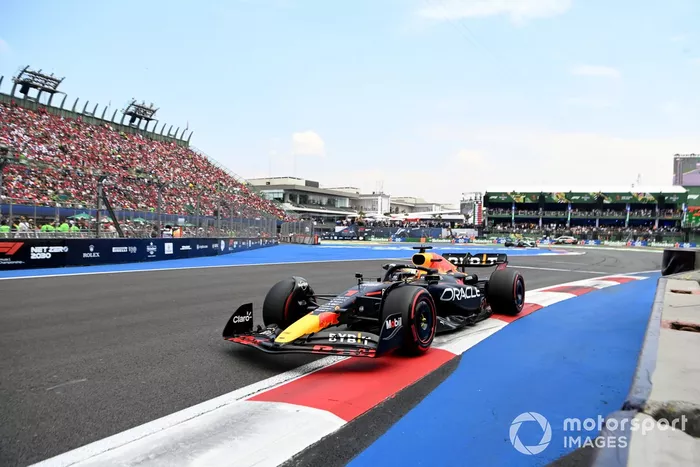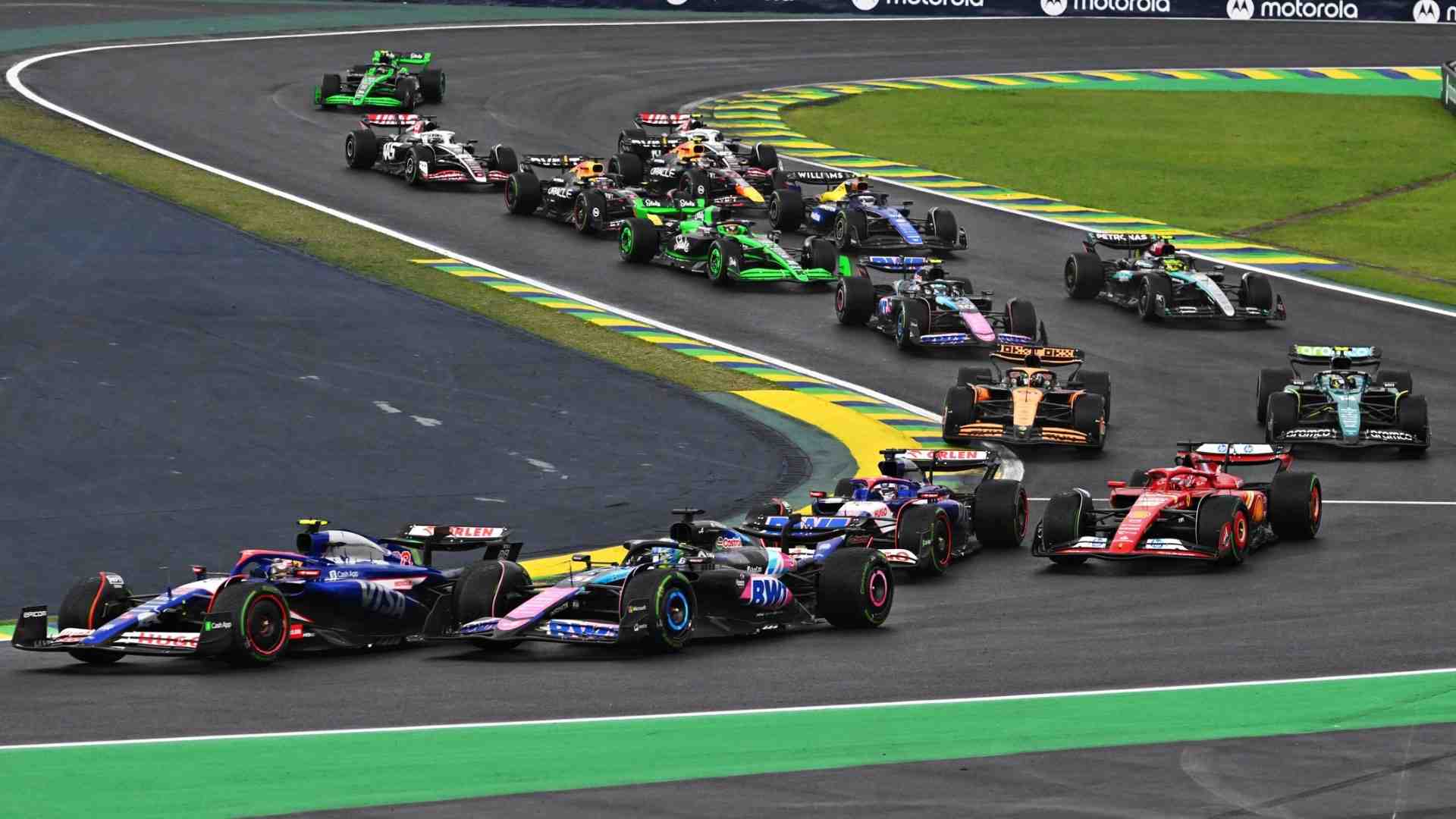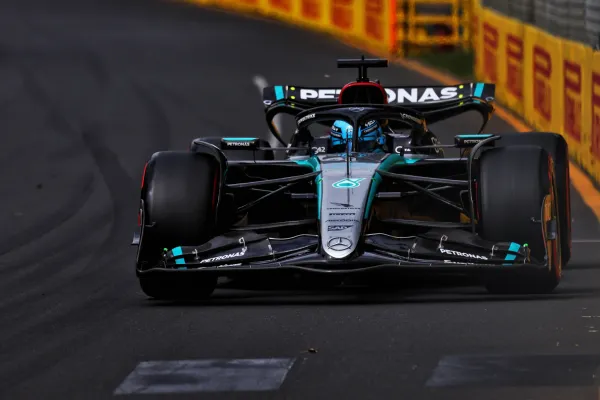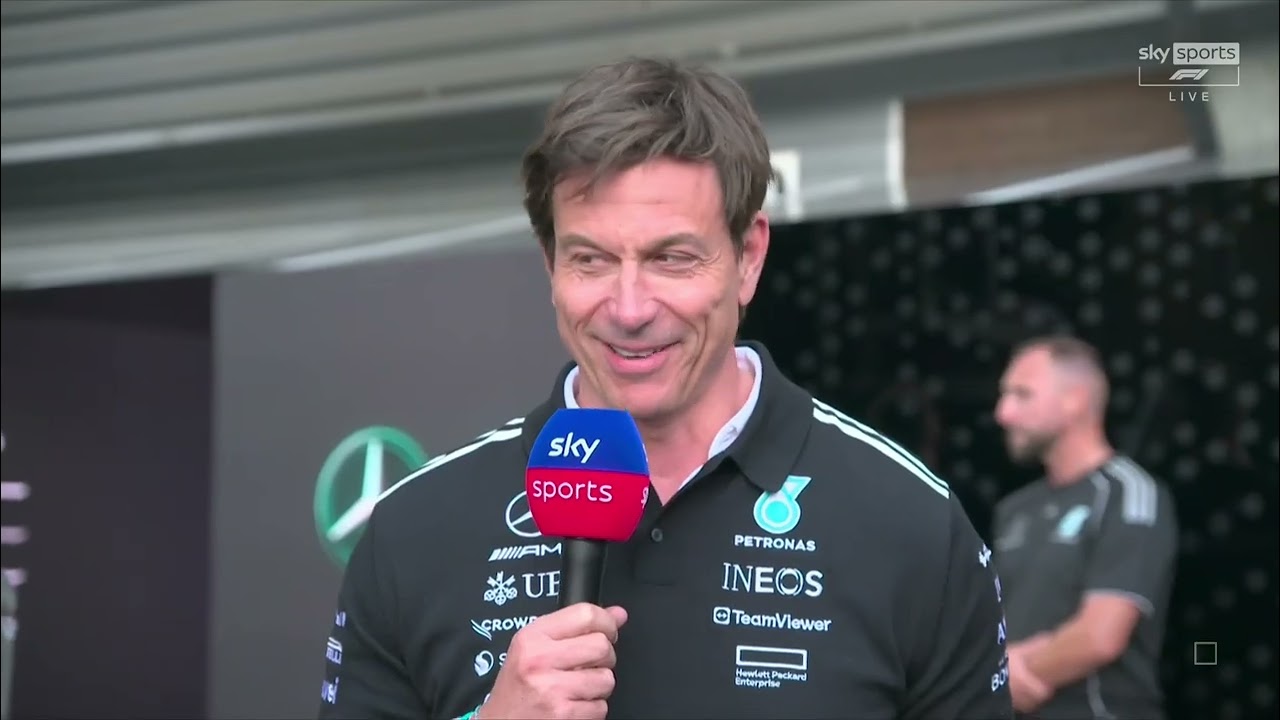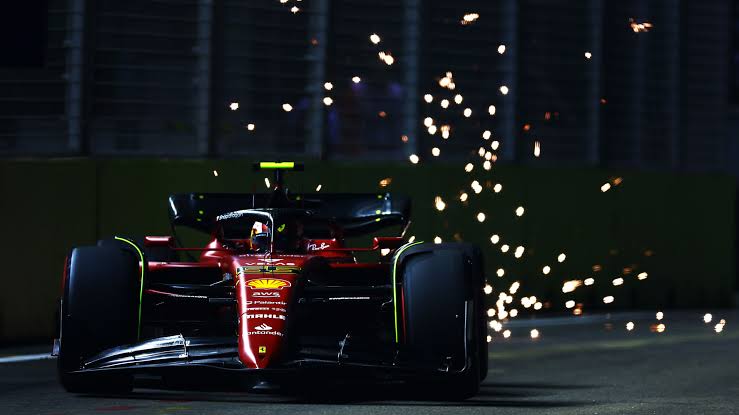Why Does The FIA Reacts Against Flexible Wings In F1?
The ongoing saga of flexible wings in Formula 1 has once again taken centre stage, reigniting memories of the intense battle between Red Bull and Mercedes during the 2021 season. However With the FIA now actively addressing the issue, the intrigue surrounding these adaptable aerodynamic components is back in the spotlight.
1. The Flashback: Red Bull vs. Mercedes In 2021

The 2021 Formula 1 season bore witness to an intense rivalry between Red Bull and Mercedes. Beyond the on-track duels, a political chess game unfolded behind the scenes, with both teams attempting to hinder each other’s progress. While t the heart of their clash was the contentious topic of flexible wings, which led to spirited debates and discussions with the FIA.
2. The Subdued Lull And Ongoing Rumours
As Red Bull’s dominance continued into subsequent seasons, the chatter about flexible wings appeared to fade. However, persistent rumours regarding the use of such wings in the 2023 Formula 1 season suggested that the issue was far from resolved. While hese rumours have now been substantiated, breathing new life into the flexible wings debate.
3. The FIA’s Countermove: A Draft Proposal
The FIA has taken proactive measures by presenting a draft proposal for a new technical directive (TD) to all Formula 1 teams. While the primary objective of this TD is to curb the widespread use of flexible wings among teams. While the FIA maintains that these regulations are not targeting any specific team, the move comes amid discussions surrounding Aston Martin’s front wing adjustments in 2023.
4. The Complexity Of Flexible Wings
The recurring appearance of flexible wings in Formula 1 prompts questions about their significance. While these components are designed to work within the boundaries of the regulations, which stipulate the rigidity and immobility of aerodynamic parts. By utilizing this, teams push the limits of this definition, exploiting the inherent flexibility that exists even in rigid materials.
5. Strategies Behind Flexibility
Flexible wings offer a range of advantages that teams find strategically appealing. By reducing drag during high-speed stretches and maintaining downforce through corners, these wings optimise the car’s performance on different segments of the track. Additionally, they contribute to redirecting outwash efficiently, enhancing overall aerodynamic efficiency.
Conclusion: A Pivotal Crossroads For the FIA And F1
As the FIA’s proposal takes centre stage and the discussions around flexible wings reignite, Formula 1 finds itself at a pivotal juncture. The ongoing saga underscores the ever-evolving nature of the sport, where innovation often clashes with the boundaries set by regulations. The outcome of this renewed debate will shape the future landscape of Formula 1. By balancing the pursuit of performance gains with the integrity of fair competition. While the battle between innovation and rule compliance rages on, Formula 1 enthusiasts are left eagerly anticipating the decisions that will shape the sport’s trajectory.







